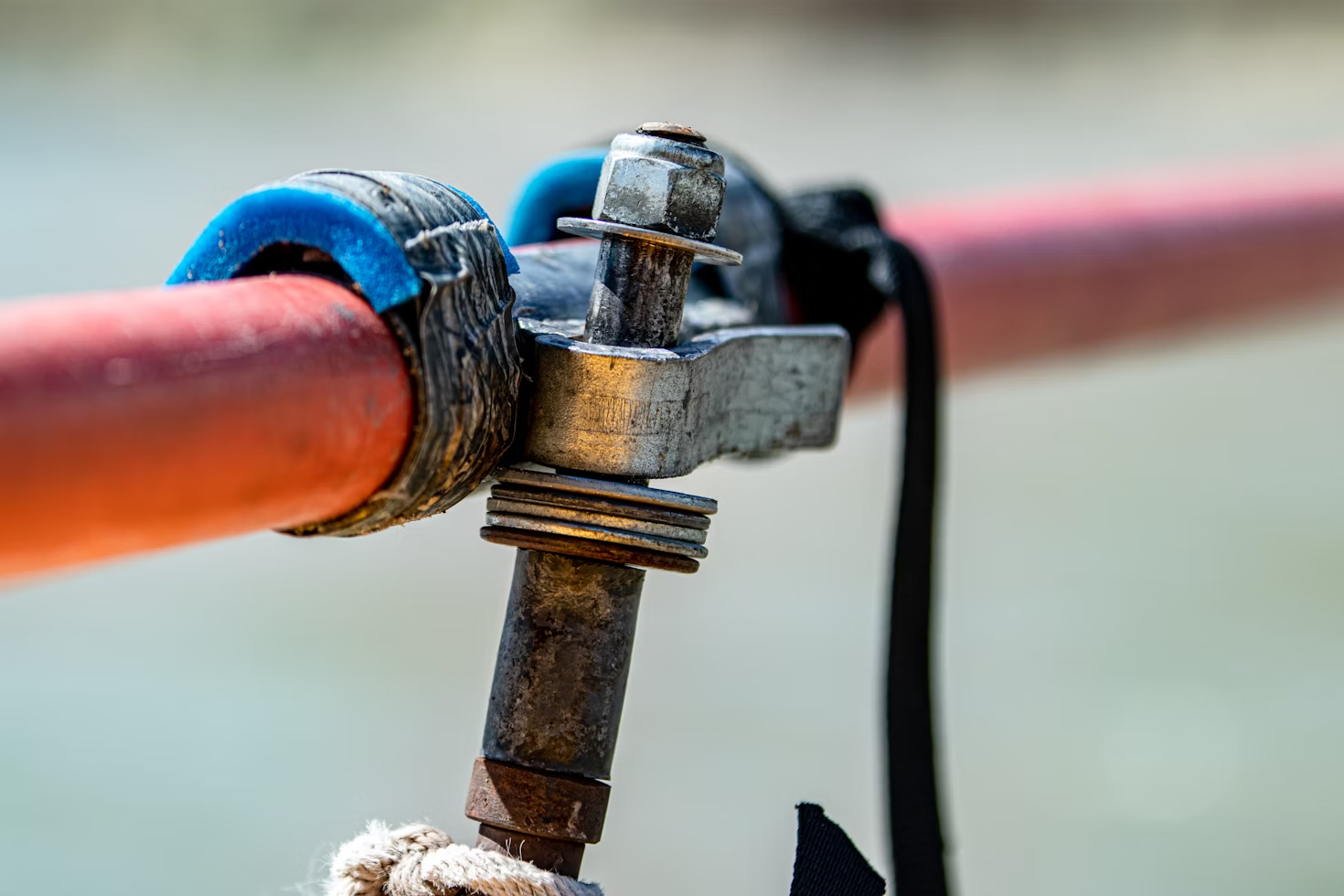Sewer line problems can ambush you anytime, especially when you’re least prepared financially to hire a professional. When this happens, you’re thrown into an emergency, seeking the best quick solution to avert the menace. If you’re not prepared with some DIY knowledge and skills, you may face your worst drainage nightmare before the professionals arrive. However, you don’t have to worry anymore. We’ve prepared a list of three common sewer line repair problems you should be wary of and their DIY solutions.
Corroded Pipes
From soil conditions and seismic action to seasonal temperature changes, pipe corrosion can result from many things. These damages can impact the waste flow process and pile back waste to your sinks and in-house drainage systems. When you notice a foul smell of rotten eggs and untraceable leaks, it could be time to check your sewer line pipes.
If the pipes are extensively damaged, it’s best if you call professionals for a sewer replacement so the problem is dealt with once and for all. However, you can opt for pipelining for minor damages like cracked pipes, as it’s the most affordable and simplest way of fixing a cracked pipe. You can do this by inserting an epoxy polymer into the cracked section of the pipe and inflating it once it fits in position. The epoxy should form a hard grip, creating a new leak-proof layer on your sewer line.
Tree Roots
Tree roots are notorious for causing havoc along drainage and sewer lines that cross their paths. Tree roots often break sewer lines that block their way, resulting in expensive repair or replacement work. In complicated cases, a professional plumber can use specialized tools like a sewer camera to inspect the pipes and detect affected areas accurately. But this is not necessary if you can easily trace the roots closest to your drainage line and dig them up.
Alternatively, you can mix a chemical root removal solution and run it into your drainage line so the roots can die from within. Either way, ensure you dig up the affected area and clear the clog before sealing up the pipe.
Bellied or Vertically Bent Pipes
A bellied or vertically bent pipe/sewer line is a dip in a sewer line that occurs due to a shift in soil pressure or following poorly done installation work. A vertically bent pipe slows the speed of water flow through the pipe and creates a lower section where debris and solid waste collect. When this happens continually, the sewer will start backing up, leading to leaks at the other end of the tunnel.
To solve this, you can dig up the affected area and readjust the pressure on the bend by placing soil or stones beneath it to lift the curve. But this is only possible for high-density vinyl (PVC) or rubber pipes that won’t break and can easily bend. If yours is a metallic pipe, you’ll need the help of a professional plumber to realign the bellied sewer and fix it without extensive excavation.
These three sewer line problems are common and easy to solve on your own, depending on the magnitude of damage. It’s important to balance when you need professional help and when you can go for a DIY solution. The bottom line is doing a clean job that won’t send you or the professional back into the drainage system and solving the same problem anytime soon.
Summary
The post discusses common sewer line problems that homeowners might encounter and provides DIY solutions to address them. It emphasizes the importance of being prepared to handle such issues before they escalate into emergencies, potentially requiring expensive professional intervention. The sewer line issues highlighted include:
- Corroded Pipes: Caused by various factors such as soil conditions, seismic activities, and temperature changes, leading to leaks and waste backup. For minor damages, a DIY solution involves using an epoxy polymer to repair cracks, while severe damage might necessitate professional sewer replacement.
- Tree Roots: Tree roots can intrude and damage sewer lines. Homeowners can address this by manually removing the roots or applying a chemical solution to kill them, preventing further damage.
- Bellied or Vertically Bent Pipes: Resulting from soil pressure shifts or poor installation, causing water flow slowdowns and debris accumulation. The suggested fix is to adjust the soil or stone support under the affected pipe, although professional help is required for metallic pipes.
The post stresses the balance between knowing when a problem can be fixed through DIY efforts and when it’s necessary to call in professionals, aiming for a durable solution to prevent recurrent issues.
Related Interests
People interested in DIY sewer line repair solutions often seek information on preventive measures to avoid common plumbing issues. They may also explore topics like:
- Regular sewer line maintenance tips to prevent blockages and corrosion.
- Advanced DIY plumbing tools and technologies, such as sewer cameras, for home inspection.
- Eco-friendly and safe chemical solutions for tree root removal without harming the environment.
- Understanding the signs of sewer line problems to act swiftly before they worsen.
- Cost comparison and benefits of DIY repairs versus professional plumbing services to make informed financial decisions regarding home maintenance.
These related searches help homeowners gain a comprehensive understanding of maintaining their sewer systems effectively, ensuring the longevity of their plumbing infrastructure while managing costs.


